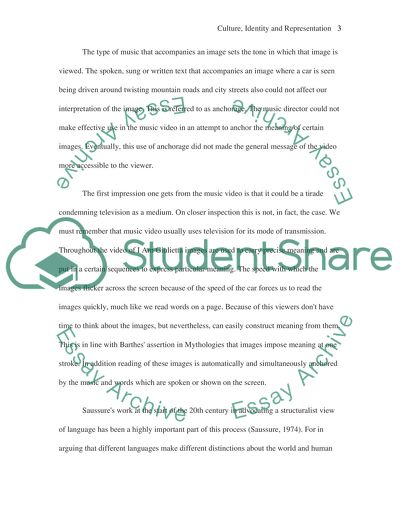Cite this document
(Culture, Identity, and Representation Assignment, n.d.)
Culture, Identity, and Representation Assignment. https://studentshare.org/sociology/1745394-sociology-culture-identity-and-representation
Culture, Identity, and Representation Assignment. https://studentshare.org/sociology/1745394-sociology-culture-identity-and-representation
(Culture, Identity, and Representation Assignment)
Culture, Identity, and Representation Assignment. https://studentshare.org/sociology/1745394-sociology-culture-identity-and-representation.
Culture, Identity, and Representation Assignment. https://studentshare.org/sociology/1745394-sociology-culture-identity-and-representation.
“Culture, Identity, and Representation Assignment”. https://studentshare.org/sociology/1745394-sociology-culture-identity-and-representation.


